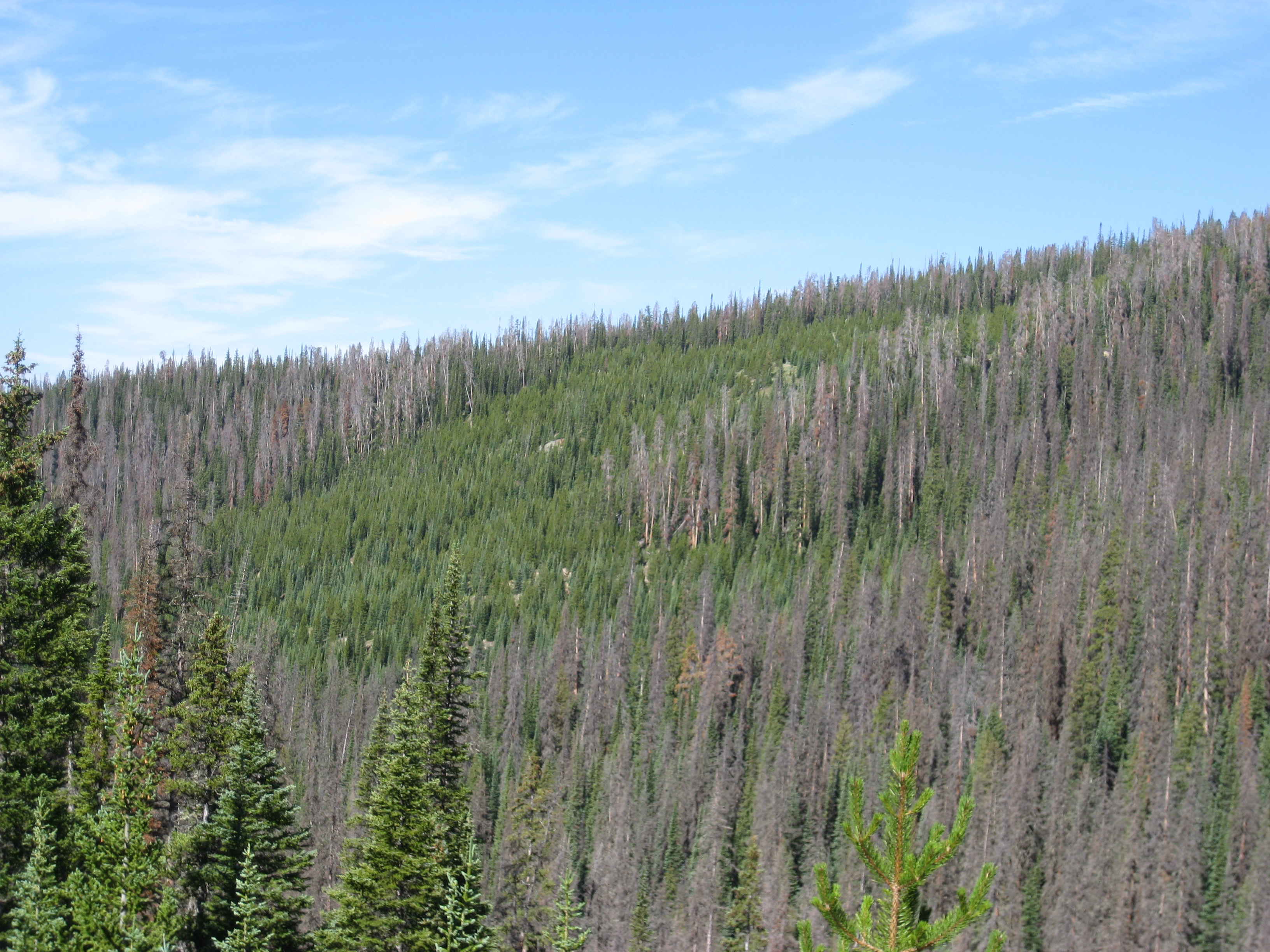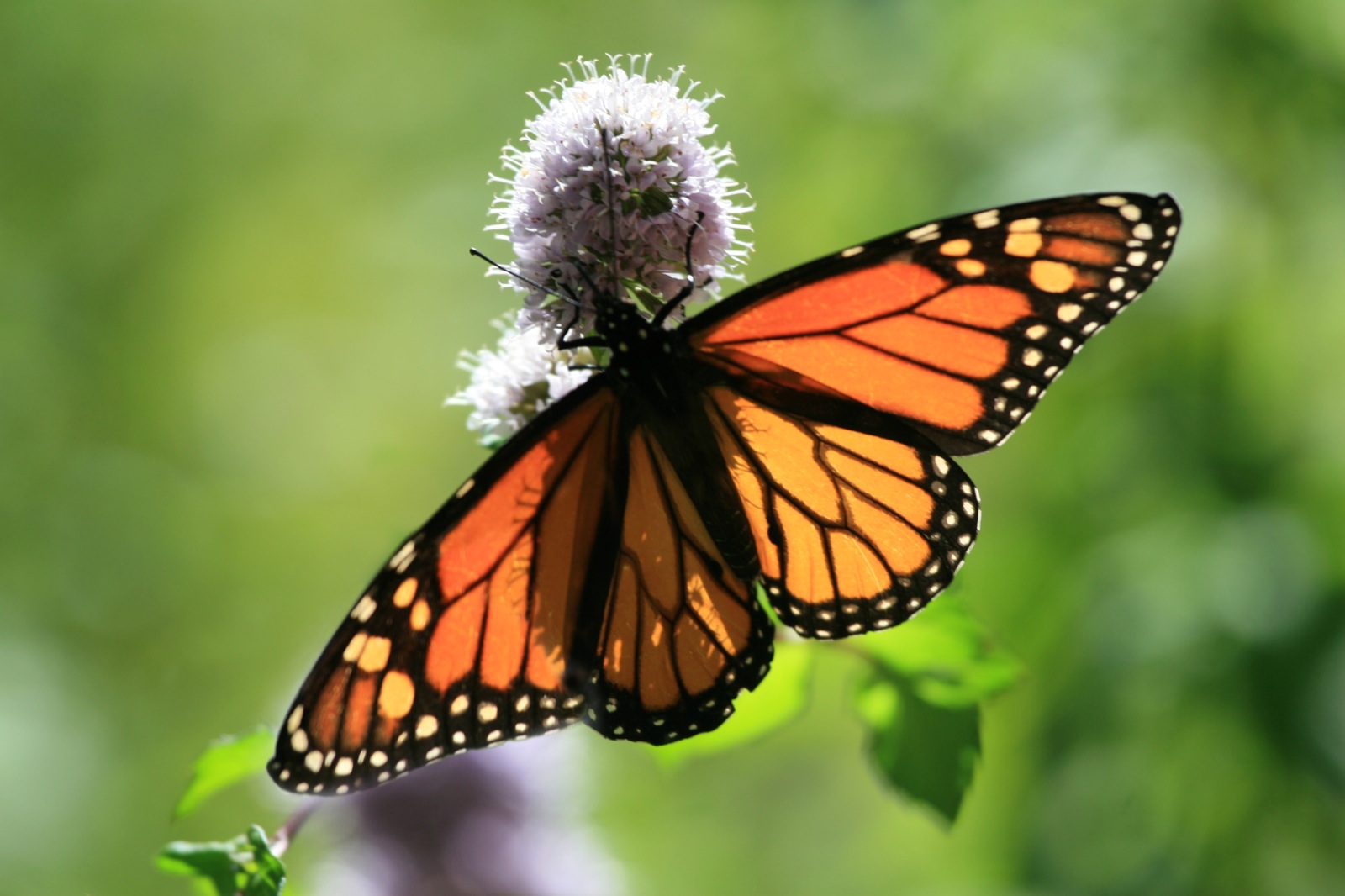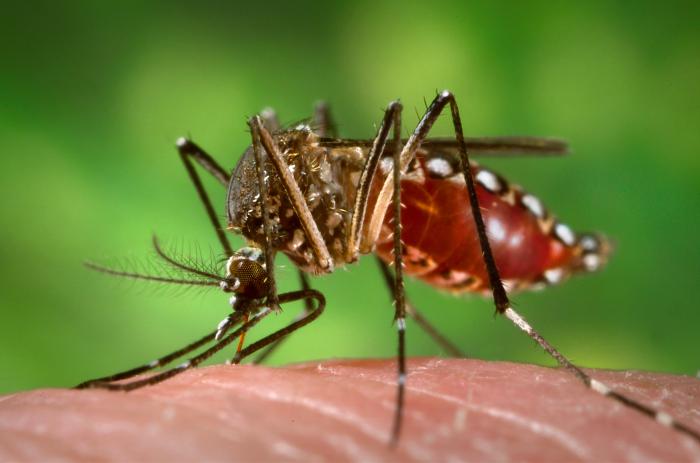Bugs Are the Worst Part of Going Outside and Climate Change Is Making It Worse
Credit to Author: Rosemary Westwood| Date: Tue, 24 Oct 2017 14:00:00 +0000
This story is part of OUTER LIMITS, a Motherboard series about people, technology, and going outside. Let us be your guide.
For people who enjoy the outdoors, the buzz of a mosquito has always held a feeling of impending doom for itchy torment to come. But imagine if the sound also brought risks to your unborn child, or a trip to a hospital, as it does today in many parts of the world outside of North America.
It is clear that from a certain vantage point, the future will be buggy. Thanks to climate change, insect populations are on the move. Some are being lured to new habitats, while others are coaxed to emerge earlier in the year, and their numbers are growing. Research predicts a proliferation of species capable of eating through ecosystems and spreading disease. But beneath the swarms of pest species, the world is also at risk of losing vast populations of insects less able to adapt. And neither outcome bodes well for us.
Aedes aegypti, a disease-carrying mosquito that typically roams the tropics, has recently been found as far north as southern Ontario. A study published this June in the journal Environmental Health Perspectives warns that if the Paris climate accord fails, Chikungunya virus—which is carried by the A. aegypti, causes fever and joint pain, and has no vaccine—could show up in southern British Columbia, potentially the prairie provinces, and parts of Ontario.
The global mosquito repellent market is expected to reach $5 billion USD by 2022, “primarily driven by increasing number of mosquito-borne diseases,” according to one recent market report.
Meet the Scientists Hunting Zika-Carrying Mosquitoes:
In other words, a walk in the woods could soon lose its risk-free lustre. Likewise fishing among a swarm of mosquitos, or hunting in tick territory—even sending your kid to summer camp. For those of us who do venture outside, bug spray could become as ubiquitous as sunscreen, and long sleeves in the summer will lose their dorky reputation.
Then there’s the impact on trees. A recent study in Nature Climate Change concluded that “ecosystems and society should be prepared for an increasingly disturbed future of forests”—in part, thanks to insects. “We are seeing massive increase of pest species that attack forests,” Camille Parmesan, a renowned researcher at both the University of Plymouth and the University of Texas at Austin, told me. Her landmark 1996 Nature study on the Edith’s checkerspot butterfly helped prove the existence of climate change.
“The proportion of the forest that’s being killed is much greater now than it was 50 years ago during a pest outbreak,” Parmesan noted. “Not really any forests are safe.”

The southern pine beetle—a sibling to the mountain pine beetle that has decimated the BC forestry industry—is projected to spread northward across the northeastern US and Canada, according to a July study, as climate change makes an increasing swath of pine forests suitable for the beetle.
“The only thing limiting it is cold extremes,” said co-author Corey Lesk, a researcher at the Columbia University Center for Climate Systems Research at the time of the paper’s release. By 2080, the researchers suggested the beetle’s habitat could extend 270,000 square miles.
Read More: The ‘Lucifer’ Heatwave in Europe Is Reportedly Fuelling Terrifying Wasp Attacks
Just as some insect species will assume an outsized role in our ecosystems and psyches, many others we may never have noticed before could quietly disappear.
An Agriculture Canada scientist has been warning about a “huge decline” in insects with “hundreds, probably thousands of species that have disappeared” from the department’s annual collection, as Jeff Skevington told CTV News, thrusting the “whole ecosystem out of balance.”
In Germany, researchers over the last 15 years have noted dramatic declines in insect populations, in some cases by up to 80 percent. In 2014, a Stanford study documented a 45 percent decrease globally in invertebrates.
Insects are intricately embedded in ecosystems as pollinators, composters, and food sources for other species, making their potential disappearance a risk with expansive repercussions.
Take, for instance, songbirds, many of which migrate north to Canada and the US to feast on the burst of energy supplied by spring, and its bugs. Fewer insects, or insects which emerge too early in the spring thanks to warmer winters, could cut bird food sources and impact populations, and on and on through the food web.

Much of what will happen remains unpredictable. Insects are responding in a variety of ways to the changing climate, and there’s simply not enough time to study them all. For Caroline Williams, an assistant professor in the department of integrative biology at the University of California, Berkeley, the answer has been to focus on finding overall patterns in a variety of insect species to help researchers predict how they will react. Colder-climate species in particular deserve our worry, she said, such as butterflies that live on mountains. “Those are the ones to think about adaptation strategies for.”
For Bruce Stein, chief scientist for the National Wildlife Federation, a defense against this future begins, perhaps unsurprisingly, with getting outside to see nature as it is now, before it changes. “We are only going to be able to protect what we care about in the outdoors,” he said, “if people experience it.”
Get six of our favorite Motherboard stories every day by signing up for our newsletter.
